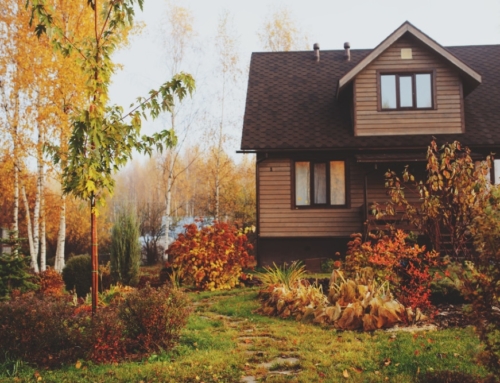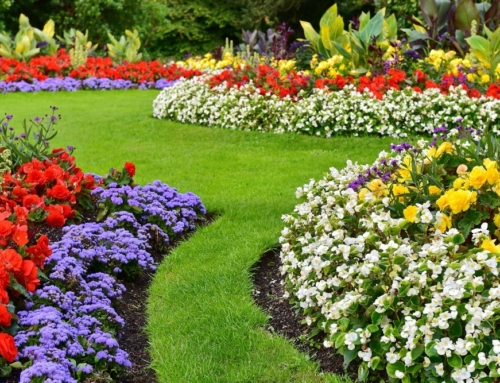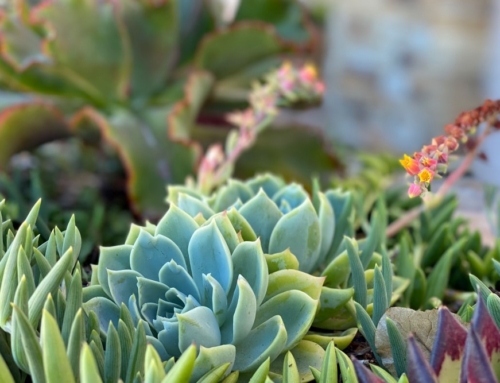Mulch is one of the most underrated yet powerful tools in landscaping. Whether you’re designing a lush residential garden in Nassau County or maintaining expansive commercial grounds in Long Island, the strategic use of mulch can dramatically enhance plant health, soil quality, and the visual appeal of your property. Mulch helps regulate soil temperature, retain moisture, suppress weeds, and even improve curb appeal. With a wide variety of mulch types available, from organic bark chips to decorative stones, there are countless ways to incorporate this simple yet effective material into your landscape design. This guide will help you understand how to choose, place, and maintain mulch in a way that maximizes its benefits across residential and commercial landscapes in New York.
Choosing the Right Type of Mulch
The first step in using mulch effectively is selecting the right type for your specific landscape. There are two primary categories: organic and inorganic mulch. Organic mulch includes wood chips, bark, straw, compost, and shredded leaves. These materials decompose over time, enriching the soil with nutrients and improving its structure. Inorganic mulches, such as rubber, gravel, and stone, do not break down and are ideal for long-term use in decorative or high-traffic areas.
For residential gardens in Westchester, organic mulch is often preferred due to its soil-enhancing properties and natural look. In contrast, NYC rooftop irrigation projects may benefit more from lightweight inorganic mulches, such as rubber or recycled materials, which reduce weight while maintaining weed suppression and moisture retention. Long Island commercial landscaping projects often use bark mulch for its clean, uniform appearance and ease of maintenance.
Proper Mulch Placement Techniques
Correct mulch application is key to reaping its full benefits. Mulch should be spread in an even layer 2–4 inches thick; enough to retain moisture and block weeds, but not so thick that it smothers roots or causes mold. Always leave a few inches of space around the base of trees and shrubs to prevent trunk rot and pest infestations.
Avoid creating “mulch volcanoes,” piles of mulch mounded high around the base of trees, which trap moisture and promote disease. Instead, create a shallow, even ring of mulch to encourage proper air circulation. In flower beds and vegetable gardens, maintain consistent depth and avoid covering emerging shoots. For commercial properties in Nassau County that use mulch in high-visibility areas, a neat edge created with a spade or mulch edging tool adds a polished look and keeps the mulch contained.
Seasonal Benefits and Applications
Mulch can be used year-round, but its benefits vary depending on the season. In spring, it helps prevent weeds from taking root and keeps soil moist during dry spells. In summer, it acts as an insulating layer, reducing evaporation and shielding plant roots from extreme heat. Come fall, mulch helps retain residual warmth and protects perennial roots from early frosts. In winter, it serves as a thermal blanket for dormant plants, especially useful in the Northeast’s harsh cold.
For NYC rooftop gardens, mulch is particularly beneficial in managing fluctuating temperatures and conserving water in shallow containers. In Westchester landscape lighting projects, pairing mulch with well-placed uplighting can dramatically enhance the visual impact of planting beds at night. Seasonal reapplication is essential, especially with organic mulch that decomposes over time. A fresh top layer in spring not only rejuvenates the soil but also refreshes the aesthetic of your landscape.
Enhancing Aesthetics and Curb Appeal
Mulch does more than nourish plants. It also serves as a unifying design element. Using mulch as a ground cover gives planting beds a clean, finished look that contrasts beautifully with vibrant flowers and foliage. It helps create visual continuity between different areas of a property and draws attention to focal points, such as ornamental trees or water gardens.
Color choices can play a big role in aesthetics. Natural brown blends well with wooded environments, while black mulch offers a striking contrast in modern landscapes. Red mulch can bring vibrancy to commercial properties, especially when paired with structured plantings or concrete walkways. For high-traffic commercial zones in Long Island, mulch can be refreshed annually to maintain a professional and well-maintained appearance. Whether you’re enhancing a Nassau County irrigation project or highlighting plant beds in a residential Westchester garden, mulch adds both form and function to your design.
Common Mistakes to Avoid
Even something as simple as mulch can go wrong if not used properly. Here are some common mistakes to avoid:
- Over-mulching: Applying mulch too thickly can suffocate roots and lead to fungal growth.
- Mulching too close to trunks: This encourages pests, disease, and rot.
- Using low-quality mulch: Inexpensive mulch may contain weed seeds or toxins.
- Failing to replenish mulch: Organic mulch breaks down and needs refreshing once or twice per year.
- Ignoring drainage: In poorly drained areas, mulch can trap water, causing root rot.
Always consult a professional to ensure your mulch type and application methods align with your landscape’s specific needs and local conditions.
Conclusion: Maximize Your Landscape with Smart Mulching
Mulch is a cost-effective, environmentally friendly, and aesthetically pleasing way to improve your landscape. Whether you’re refreshing a small residential garden or enhancing a large-scale commercial property, the right mulch can help conserve water, reduce maintenance, and elevate the appearance of your space. From NYC rooftop irrigation to Westchester landscape lighting installations, mulch plays an essential role in tying everything together, both visually and functionally.
At Cerullo Landscape and Irrigation, we understand that great landscaping starts from the ground up—literally. Our team can help you select the best mulch for your property, apply it correctly, and maintain it season after season. Whether you’re a homeowner or a commercial property manager, let us bring out the full potential of your landscape with professional mulching services. Contact us today for a consultation.
Frequently Asked Questions
Q1: How often should mulch be replaced?
Organic mulch should be replenished every 1–2 years, depending on the type of material and the level of weather exposure. Inorganic mulch lasts longer but should be cleaned and topped up as needed.
Q2: Is mulch safe for pets and children?
Most organic mulches are safe; however, avoid using cocoa mulch, as it is toxic to dogs. Always check labels and consult your landscape professional.
Q3: Can I mulch in winter?
Yes! Applying mulch in late fall or early winter helps insulate plant roots and protects them from freeze-thaw cycles common in New York’s cold months.






